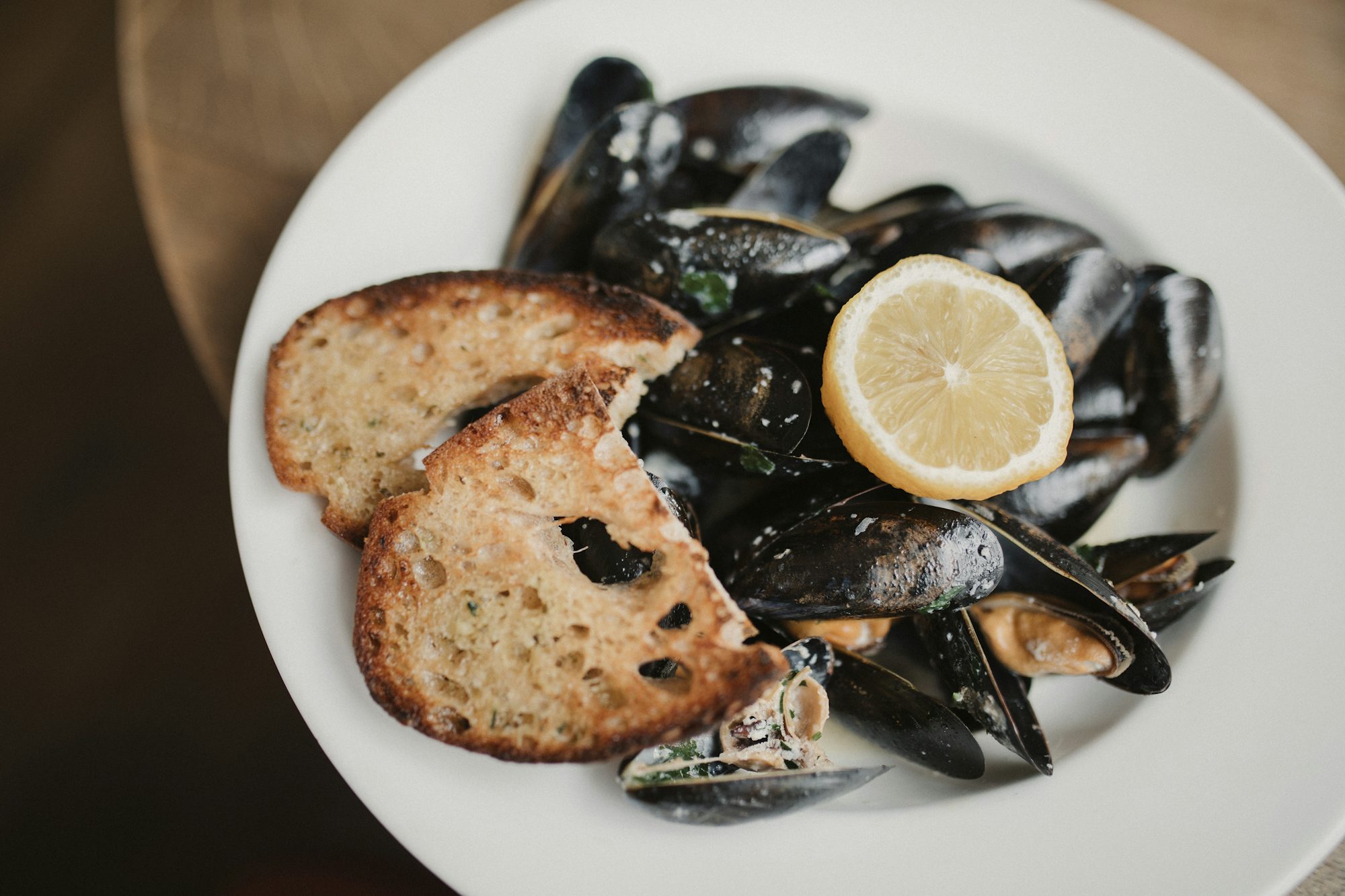Pasta is more than just a staple food; it is a symbol of culture, tradition, and artistry, particularly in Italian cuisine. From the simplest shapes to intricate designs, homemade pasta offers a sensory experience that embodies love and craftsmanship. In this article, we will journey through the history of pasta, explore various types of pasta, and delve into the techniques and joys of making pasta from scratch.
A Brief History of Pasta
The origins of pasta can be traced back to ancient civilizations. While its exact beginnings remain somewhat mysterious, historical evidence suggests that early forms of pasta were made by the Etruscans and later by the Romans. The word “pasta” itself comes from the Italian word for “paste,” which refers to the dough made from wheat flour and water.
The introduction of durum wheat, cultivated in the Mediterranean region, was a game changer for pasta-making. Its high gluten content allowed for the creation of firmer pasta shapes, perfect for drying and storing. By the Middle Ages, pasta had become a popular dish in Italy, with various regional specialties emerging.
Cultural Significance
Pasta is woven into the fabric of Italian culture. It is not merely food; it is a ritual shared among families, friends, and communities. Sunday dinners often feature a pasta dish, showcasing recipes passed down through generations. Each region in Italy boasts its unique pasta shapes and sauces, reflecting local ingredients and culinary traditions.
In addition to its cultural importance, pasta represents the art of simplicity. With just a few basic ingredients—flour, eggs, and water—home cooks can create a meal that is both satisfying and elegant. The act of making pasta by hand is a celebration of culinary heritage, connecting individuals to their roots and to each other.
Types of Homemade Pasta
Homemade pasta comes in a variety of shapes and sizes, each suited to different types of sauces and dishes. Some of the most popular types include:
1. Tagliatelle: This long, flat ribbon pasta hails from the Emilia-Romagna and Marche regions. Traditionally served with rich meat sauces, tagliatelle is perfect for soaking up flavors.
2. Pappardelle: Similar to tagliatelle but wider, pappardelle is often paired with hearty sauces, such as ragu or wild game. Its broad surface provides a delightful texture and allows for a robust sauce distribution.
3. Farfalle: Also known as bow-tie pasta, farfalle is versatile and fun. It is great for salads, cream sauces, and even baked dishes. Its shape makes it visually appealing and enjoyable to eat.
4. Ravioli: This stuffed pasta can be filled with a variety of ingredients, from ricotta cheese and spinach to meats and vegetables. Ravioli is often served with a simple sauce to highlight the flavors of the filling.
5. Orecchiette: Meaning “little ears” in Italian, this pasta from Puglia is shaped like small cups, making it ideal for holding chunky sauces, especially those with vegetables.
The Art of Making Pasta
Making pasta at home can be a rewarding experience. While it may seem daunting at first, the process is simple and can be mastered with practice. Here’s a basic overview of how to make homemade pasta:
Ingredients:
– 2 cups of all-purpose flour (or durum wheat flour)
– 3 large eggs
– A pinch of salt
Instructions:
1. Form the Dough: On a clean surface, create a mound with the flour, making a well in the center. Add the eggs and salt into the well. Using a fork, gently beat the eggs, gradually incorporating the flour from the edges of the well until the mixture becomes too thick to mix with a fork.
2. Knead the Dough: Once combined, use your hands to knead the dough. Knead for about 8-10 minutes, until the dough is smooth and elastic. If the dough is too sticky, sprinkle a little flour as needed.
3. Rest the Dough: Wrap the kneaded dough in plastic wrap or cover it with a cloth. Let it rest for at least 30 minutes. This resting period allows the gluten to relax, making it easier to roll out.
4. Roll Out the Dough: Divide the dough into smaller portions to make it manageable. Use a rolling pin or a pasta machine to roll the dough to your desired thickness. For thin pasta, aim for a thickness of about 1/16 inch.
5. Cut the Pasta: Depending on the shape you want to create, cut the rolled-out dough into strips for tagliatelle, squares for ravioli, or shapes as desired.
6. Cook the Pasta: Bring a large pot of salted water to a boil. Fresh pasta cooks quickly—usually within 2-4 minutes. Taste a piece to check for doneness.
The Joy of Sharing Pasta
Making pasta is not just about the act itself; it’s about sharing the experience with loved ones. Gather friends or family to help roll, cut, and prepare the pasta together. This communal effort transforms the cooking process into a joyful celebration.
When the pasta is ready, enjoy it with a simple sauce—perhaps a light olive oil and garlic dressing, a rich tomato sauce, or a creamy Alfredo. Sharing a meal made from scratch fosters connections and creates cherished memories.
Conclusion
The art of homemade pasta is a testament to the beauty of simplicity and tradition. It invites us to slow down, engage in the process, and savor the fruits of our labor. With every knead of the dough and each twirl of fresh pasta, we celebrate not only a culinary heritage but also the bonds we share with those around us. Whether it’s a quiet evening at home or a festive gathering, homemade pasta brings joy, flavor, and love to the table, reminding us of the importance of food as a unifying force in our lives.



